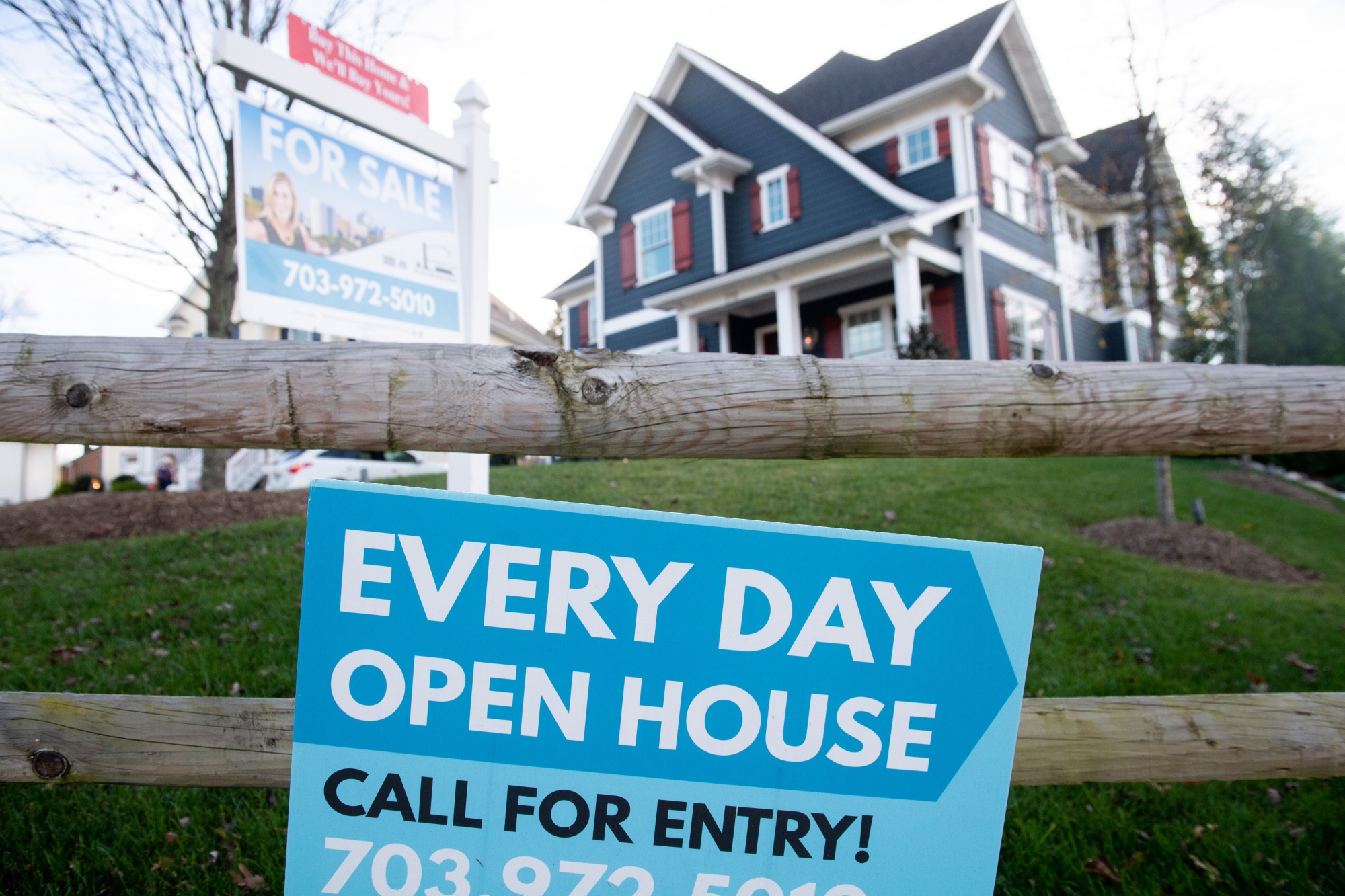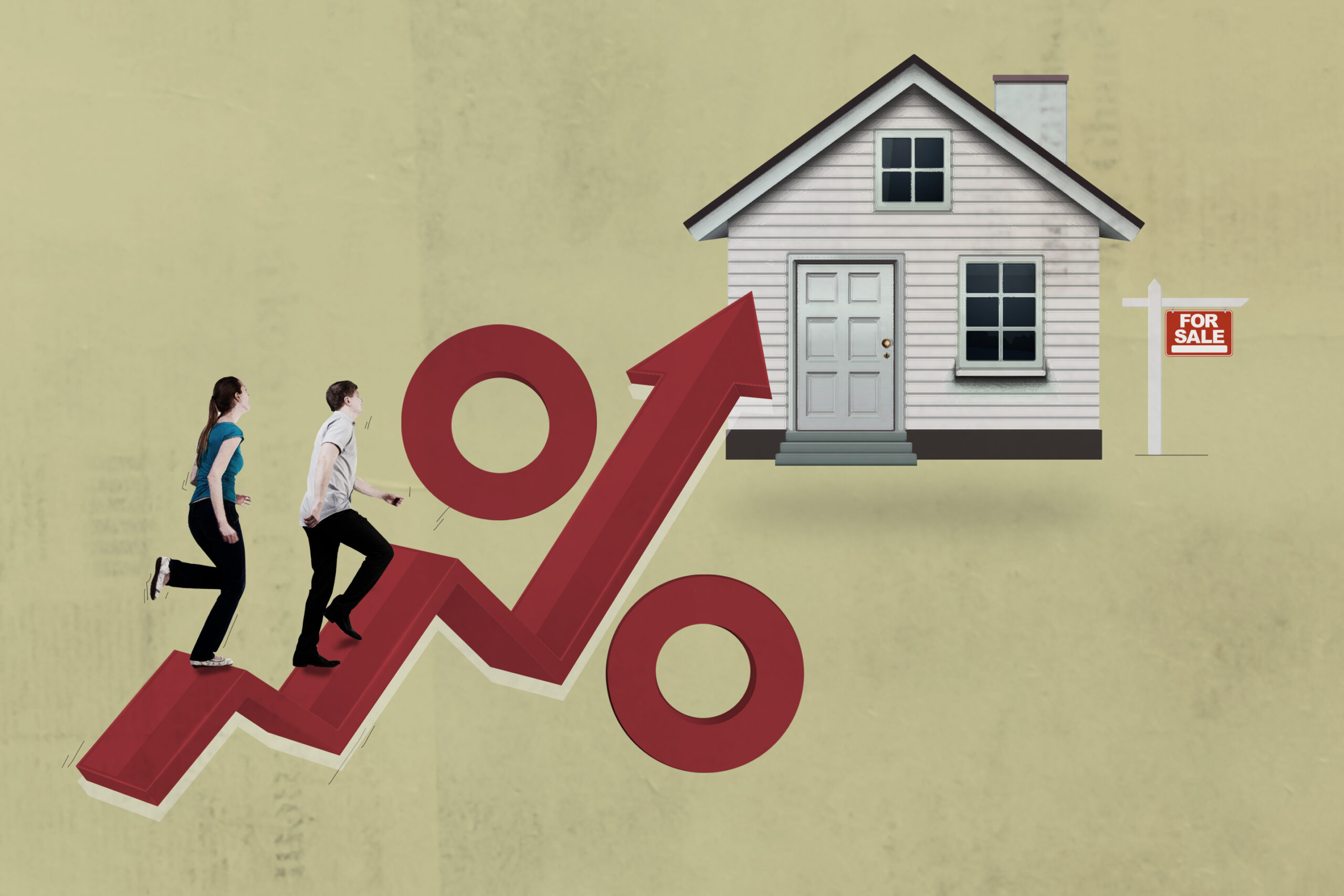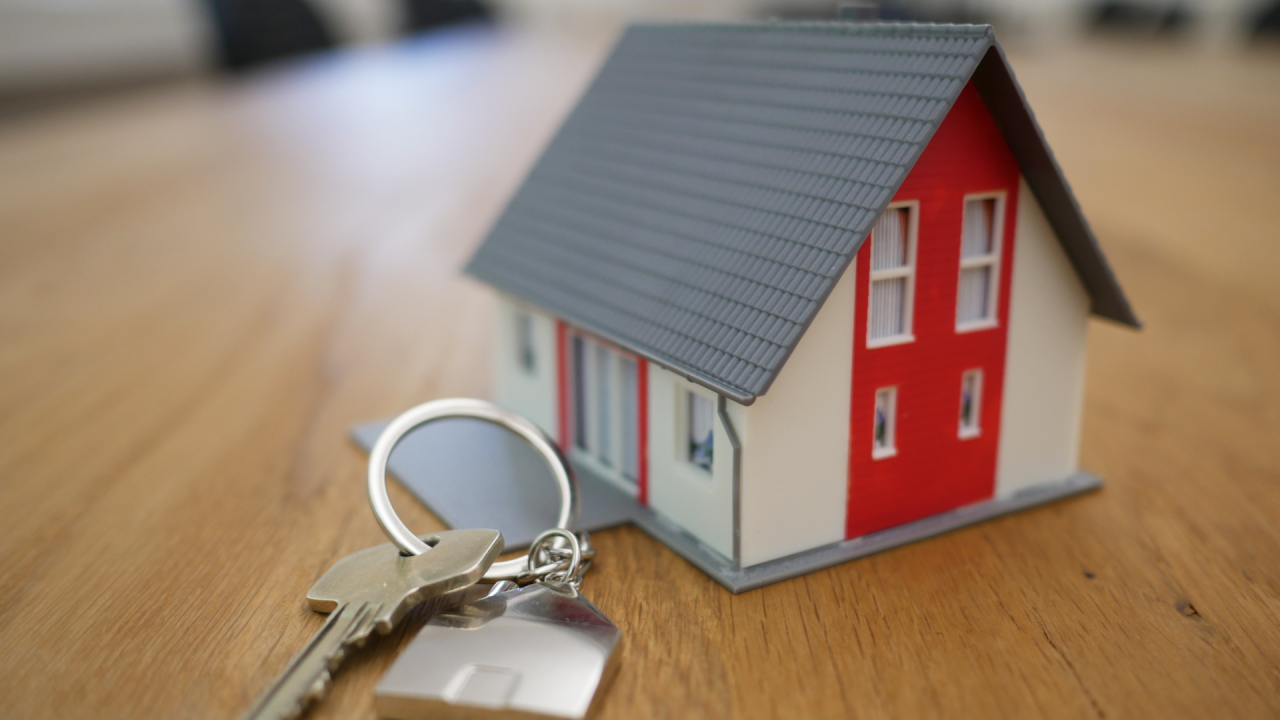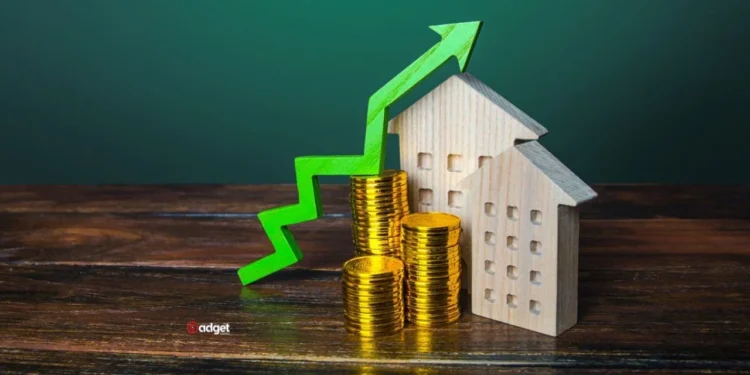As the era of low interest rates comes to a close, hundreds of thousands of American homeowners are bracing for a significant financial shock. Those who opted for adjustable-rate mortgages (ARMs) to capitalize on initially lower borrowing costs are now facing a dramatic increase in their monthly mortgage payments as their loan terms end amidst rising interest rates.

Adjustable-rate mortgages offer enticingly low initial rates for a predetermined period, ranging from three to ten years. Once this term expires, homeowners must refinance at current market rates, which are now considerably higher than when they first secured their loans. This shift can nearly double their monthly financial burden.
Current Market Trends and Future Forecasts
According to Bloomberg, there are approximately 1.7 million homes purchased using ARMs since 2019. Many of these loans will mature this year, thrusting homeowners into a new reality where their monthly payments could surge dramatically. For instance, a homeowner who borrowed an average five-year ARM of $791,100 at a 3.3% rate in 2019 would have been paying around $3,465 per month. With current ARM rates hovering around 6.5%, this same homeowner could see their payments increase by nearly $1,000.
Greg McBride, chief financial analyst at Bankrate, highlights the precarious position of those who missed the opportunity to refinance during the period of record-low fixed mortgage rates in 2020-2021. “With the Federal Reserve having pushed interest rates up at the fastest pace in 40 years, a borrower facing an ARM adjustment now could see their rate jump to 8 percent,” McBride told Newsweek.
The Broader Impact of Rising Mortgage Rates
The Mortgage Bankers Association’s latest survey underscores the severity of the situation, revealing that the average 30-year fixed mortgage rate has climbed to 7.05 percent. This uptick in rates is part of a broader trend that has seen borrowing costs reach their highest levels since early May, nearly touching 7.3 percent.
This surge in rates is particularly alarming for those with large loan amounts, as their payments could almost double once their ARM transitions out of the fixed-rate period. Chris Stearns, a mortgage loan adviser at Thrive Loans, explained to Bloomberg, “Your payment’s gonna almost double and it’s not gonna be pretty.”

The Uncertain Future of ARM Borrowers
The current economic environment, characterized by previous rate hikes aimed at combating inflation, has left many ARM borrowers in a precarious financial position. While inflation has shown signs of cooling, with progress towards the Federal Reserve’s 2 percent target, the future remains uncertain. Policymakers have hinted at potential rate cuts if confidence in the declining inflation continues to build, which could alleviate some pressure on future borrowing costs.
However, McBride warns of the risks associated with ARMs in the current climate. “Taking an adjustable rate mortgage at this point is a gamble that interest rates will fall quite significantly from current levels by the time your initial rate adjustment comes around,” he cautioned. The initial savings on an ARM are minimal, as the difference between fixed and adjustable rates is often small, making the financial gamble even riskier for homeowners.

A Cautionary Tale for Prospective Homebuyers
As the market adjusts to the new normal of higher interest rates, prospective homebuyers are urged to carefully consider the long-term implications of choosing an ARM. With the potential for significant increases in mortgage payments on the horizon, the allure of initial savings should be weighed against the financial risks of future rate adjustments. This evolving scenario serves as a cautionary tale for anyone entering the housing market during these uncertain times.










